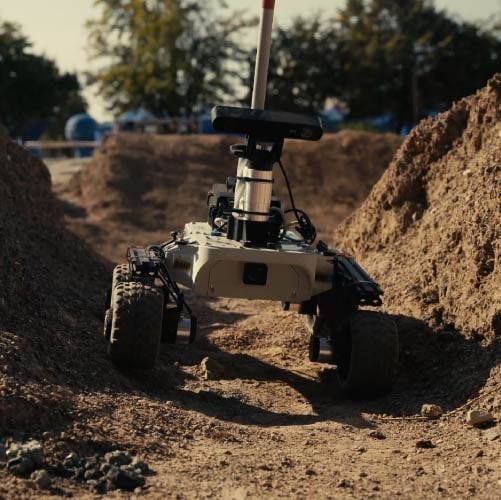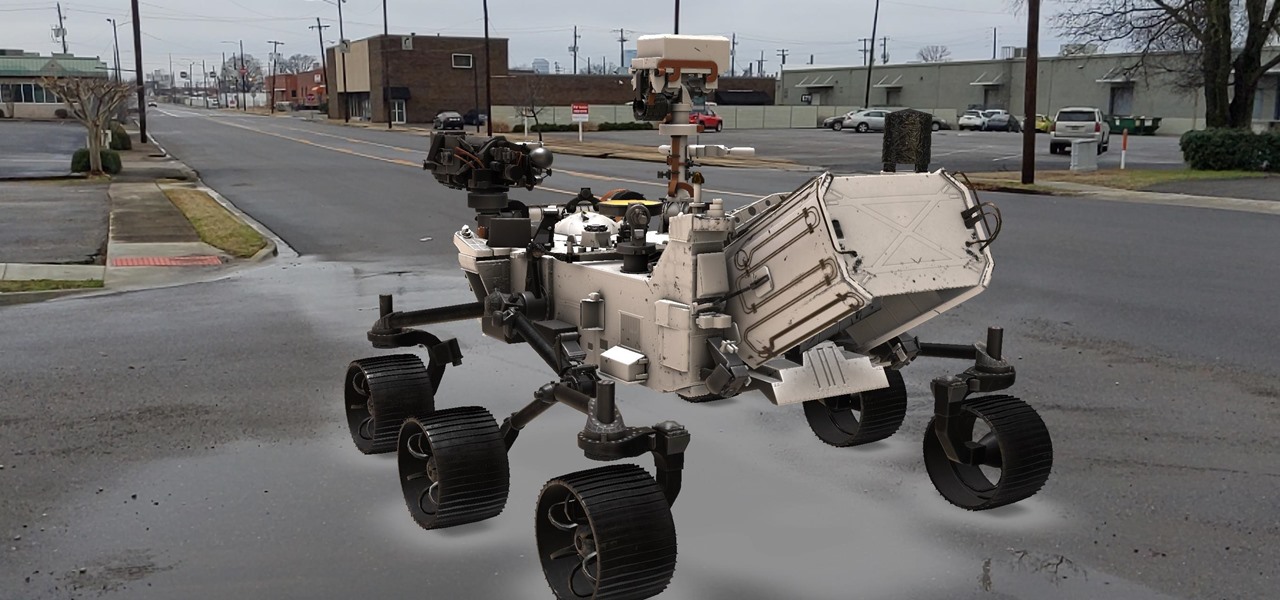

The correct tax treatment can then be applied. NEDC2 are figures calculated using a Government formula from WLTP figures equivalent to what they would have been under the old NEDC test. CO 2, fuel economy, energy consumption and range figures may vary according to factors such as driving styles, environmental conditions, load, wheel fitment and accessories fitted. On that same day, JAXA, DLR and CNES signed a first memorandum of understanding for cooperation within the MMX mission.†The figures provided are NEDC2 calculated from official manufacturer's WLTP tests in accordance with EU legislation with a fully charged battery. As part of the mission, on 3 October 2018, the Mobile Asteroid and Surface Scout ( MASCOT) lander ‘hopped’ across the asteroid’s surface and sent spectacular images of a landscape strewn with boulders, stones and almost no dust back to Earth. The MMX mission follows in the footsteps of the successful predecessor mission Hayabusa2, which explored the asteroid Ryugu. Upon landing, the rover will then be operated jointly by CNES and DLR. The French space agency CNES is making major contributions with camera systems for spatial orientation and exploration of the surface, as well as the rover’s central service module. DLR will, in particular, be responsible for developing the rover’s casing and its robotic locomotion system, together with a spectrometer and a radiometer that will both be used to determine the characteristics and composition of the surface. The German-French rover will be designed and built as a joint effort. On 19 June 2019, the Franco-German cooperation agreement for the development of the rover as part of the MMX mission was signed by Pascale Ehrenfreund, Hansjörg Dittus and CNES President Jean-Yves le Gall. In addition, DLR is making scientific findings about Deimos and Phobos available in preparation for the mission and is enabling tests to be conducted at DLR’s Landing and Mobility Test Facility (LAMA) and in the drop tower at the Centre of Applied Space Technology and Microgravity (ZARM) in Bremen. The contributions that the Franco-German rover will make to the mission are central to this agreement. On 18 June 2019, Hansjörg Dittus, DLR Executive Board Member for Space Research and Technology, Walther Pelzer, the DLR Executive Board Member responsible for the Space Administration, and Hitoshi Kuninaka, Director General of the Institute of Space and Astronautical Science (ISAS) at JAXA, signed a cooperation agreement outlining DLR’s participation in the Japanese-led MMX mission.

"Together, we want to push the boundaries of what is technically feasible in robotic exploration and expand our knowledge about the origin of the Solar System."

"The world-first exploration of the Martian moons with a rover is a major technical challenge that we are tackling within the framework of our strong and proven partnership with Japan and France," says Pascale Ehrenfreund, Chair of the DLR Executive Board. At the International Paris Air Show in Le Bourget, the German Aerospace Center (Deutsches Zentrum für Luft- und Raumfahrt DLR), the Japanese space agency JAXA and the French space agency CNES agreed to further collaborate on the world’s first exploration of a minor Solar System body with a rover. The scientists hope to gain new insights into the formation and evolution of the Solar System. The spacecraft will carry a German-French rover that will land on either Phobos or Deimos and explore the surface in detail for several months. Scheduled for launch in 2024, it will enter Mars orbit in 2025 and return samples to Earth in 2029. These are the target of the Japanese Martian Moons eXploration (MMX) mission, which also involves international partners. Mars has two small moons, Phobos and Deimos. The German Aerospace Center (DLR) is the national aeronautics and space research centre of the Federal Republic of Germany.


 0 kommentar(er)
0 kommentar(er)
